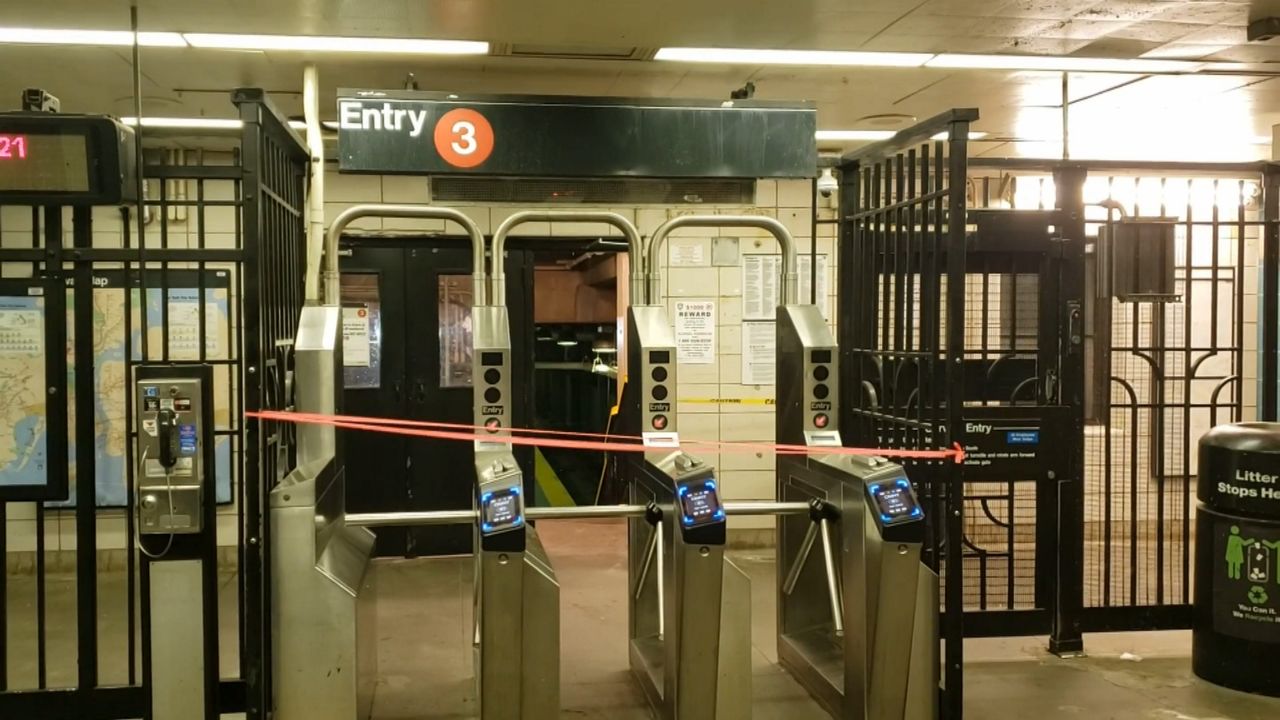One dead and four injured were added late Friday night a stabbing in the Amsterdam neighborhood De Pijp. The suspect, a 29-year-old man from Amstelveen, attacked randomly selected people on the street. According to witnesses, he showed confused behavior, according to the Amsterdam triangle (mayor Femke Halsema, the police, and the Public Prosecution Service). The man has been arrested, the four injured are now out of danger.
The incident is reminiscent of the Groningen ‘cinema murders’ of 2019, in which a cleaning couple was stabbed to death by Ergün S., who thought he was in a computer game. And the murder of former Minister of Health Els Borst (D66) in 2014. The perpetrator, the heavily religious Bart van U., said he had carried out an order from God: kill the person responsible for euthanasia. He stabbed Borst to death because she had enacted the Euthanasia Act.
Also read: Confused People: The police have to solve it 96,000 times a year
The number of incidents involving confused people – the so-called E33 reports – has been increasing for years, according to figures from the police. In 2020 there were about 103,000 incidents, about 5 percent more than the year before. Please note: E33 reports are not a criminal offense.
‘Misunderstood behavior’
Not everyone understands the same by ‘confusion’. Moreover, care providers prefer to speak of ‘misunderstood behavior’. According to the Confused Persons Booster Team, which was appointed for a year in 2015 to improve the shelter for people with misunderstood or harm others ”.
After the murder of Borst, a wave of indignation swept the country. How could Bart van U., who was sentenced to three years in prison for gun possession in 2012, be free? And why had no one from mental health care (mental health care) intervened to help the delusions and visions suffering from U.? In 2015, the then minister Edith Schippers (Public Health, VVD) promised to improve the shelter for confused people. Municipalities, justice, police and mental health care had to work more closely together when it comes to confused people.
The Confused Persons Booster Team (2015-2016) was created, then the Confused Persons Switch Team (2016-2018), and then the Connecting National Support Team (2019-present), but after about six years of driving, switching, and connection, there is still no conclusive approach to the problems surrounding people with misunderstood behavior. Recommendations were made, such as ‘invest in prevention’, ‘focus on the individual’, and ‘simplify the paperwork’.
Available beds
There were also experiments with projects in which mental health care and the police worked closely together. In 2020 a national Reporting Point Concerning Behavior was established (0800-1205). At the beginning of this year, a national ‘dashboard’ was launched that gives police and care providers real-time insight into where secured beds are available in the Netherlands for people with misunderstood behavior.
Examples of successful pilot projects are the ‘district GGD’ and the ‘street triage’. District GGD staff visit people with misunderstood behavior at home, see what care they need and arrange it. Street triage is more for acute situations: a team of a social psychiatric nurse and a police officer relies on E33 reports and estimates what the person with misunderstood behavior needs on the spot.
The cabinet seems to have placed its hopes on those pilots. In December, outgoing Minister Ferd Grapperhaus (Justice and Security, CDA) and outgoing State Secretary Paul Blokhuis (Public Health, ChristenUnie) wrote to the House of Representatives that they want to encourage organizations such as municipalities, mental health care and the police to get started with these and other projects. who have proven themselves. Because, the ministers write, they could ‘really make the difference’.
–
/s3/static.nrc.nl/images/gn4/stripped/data71230131-dfdb4e.jpg)

